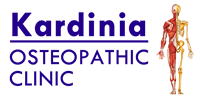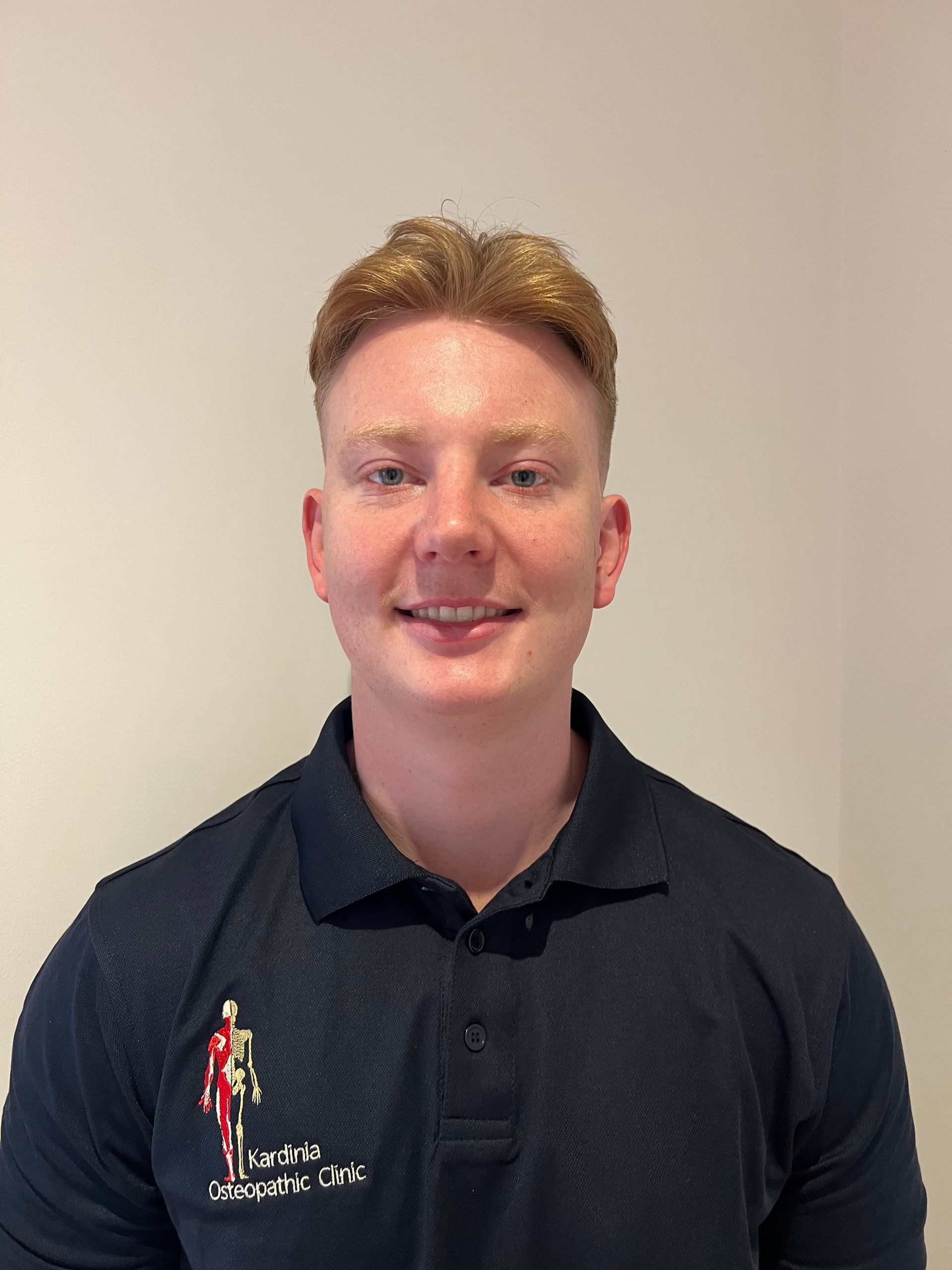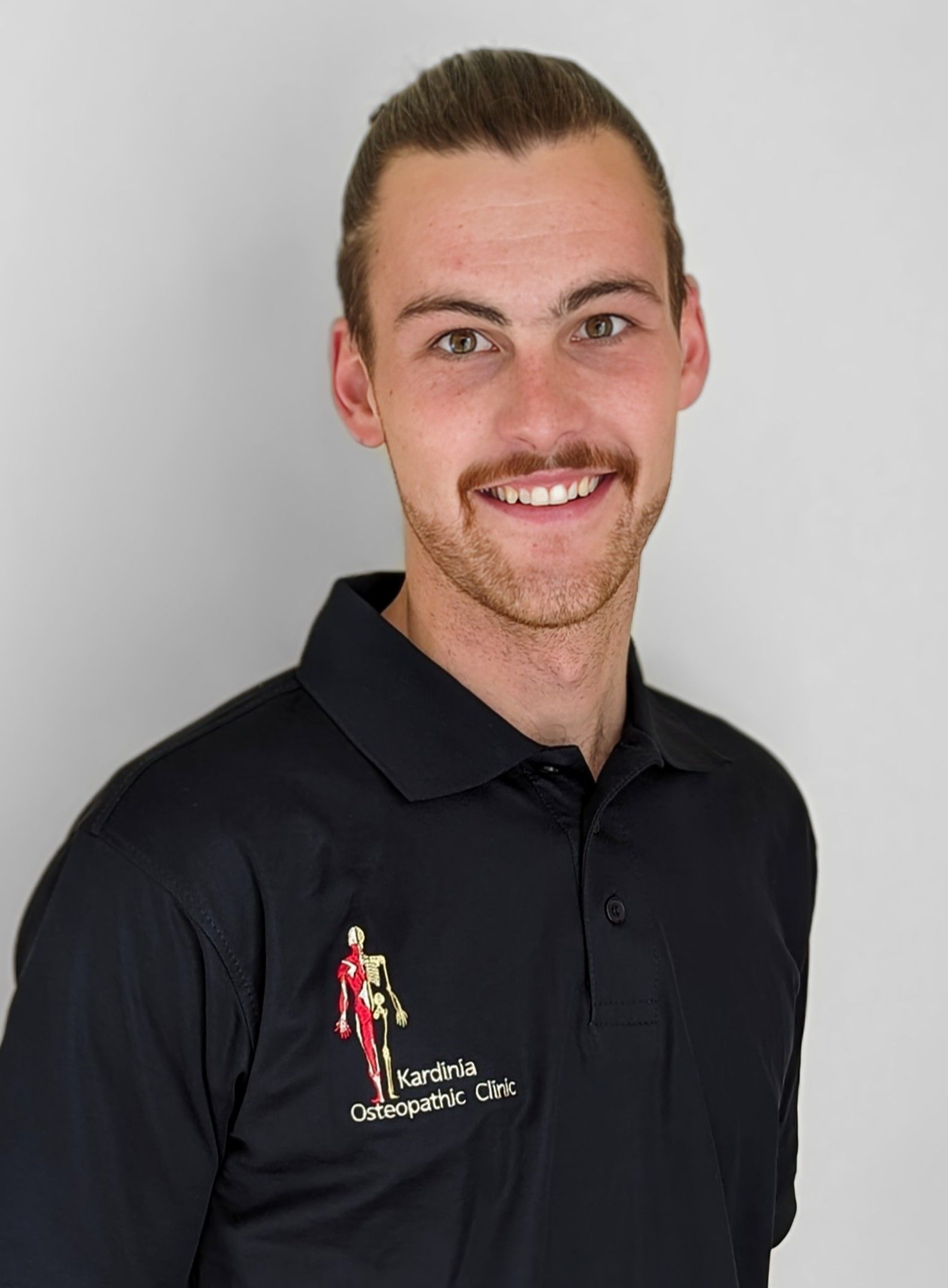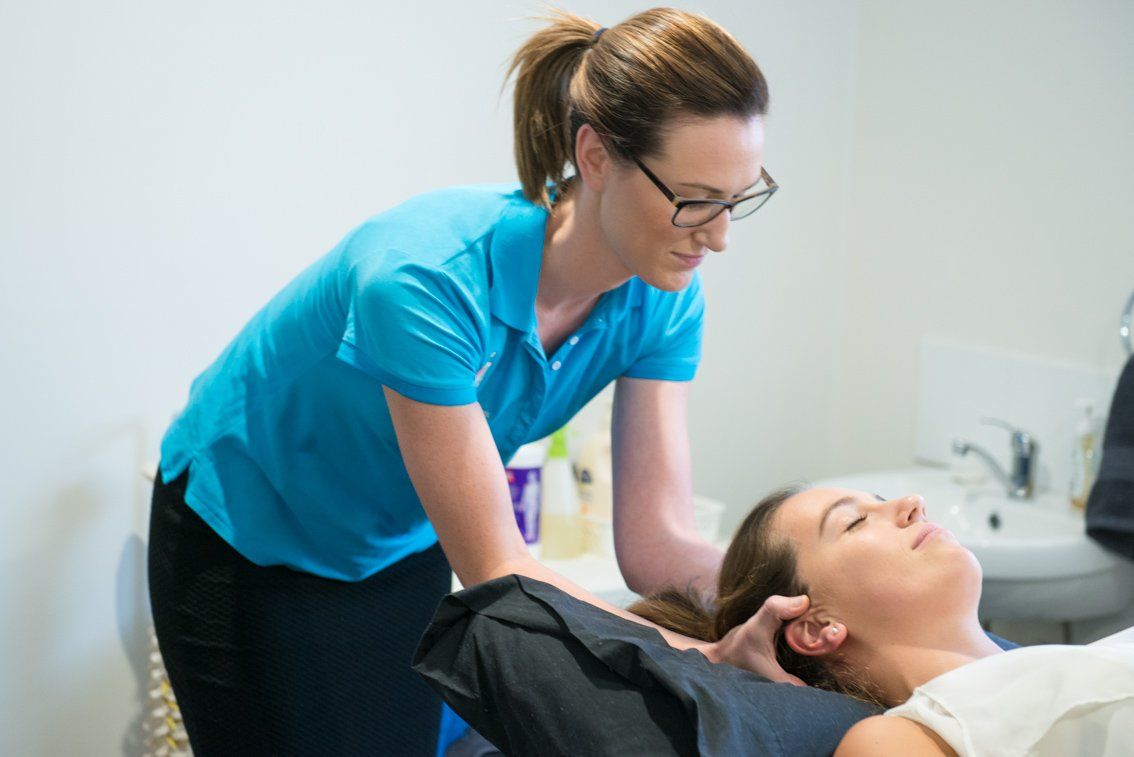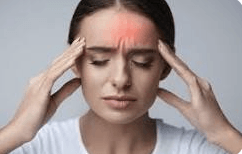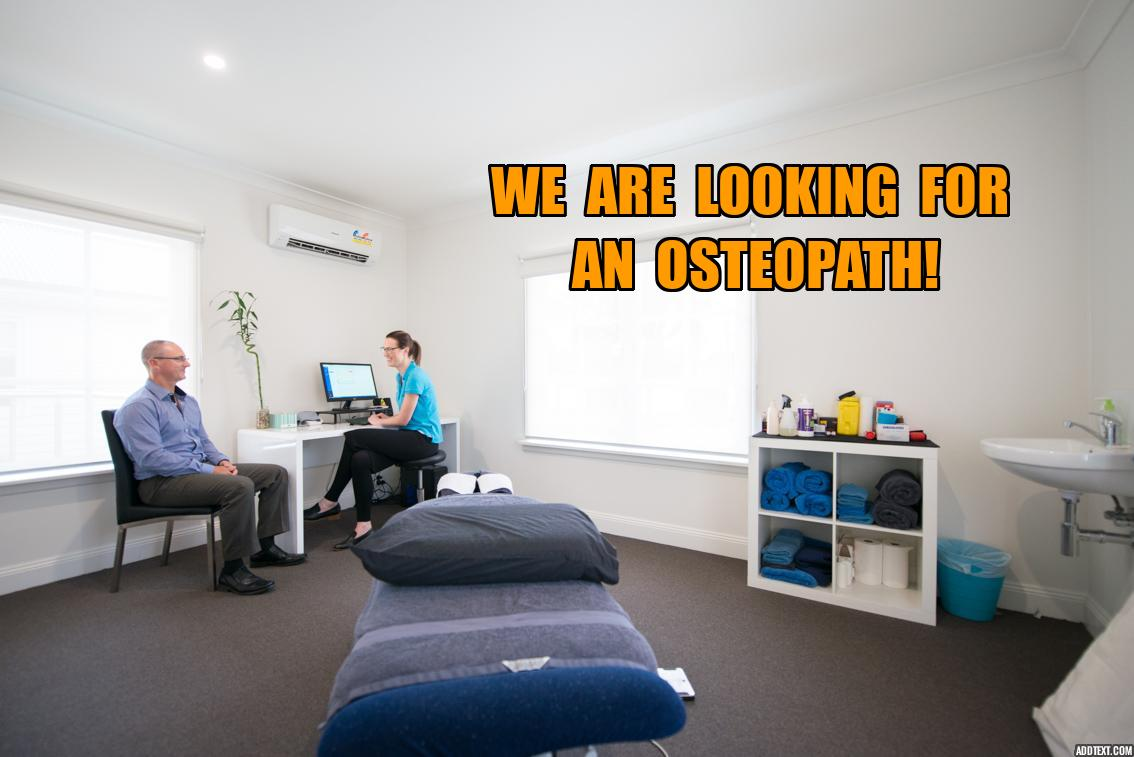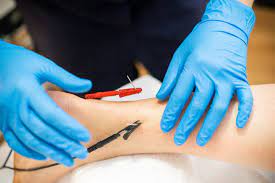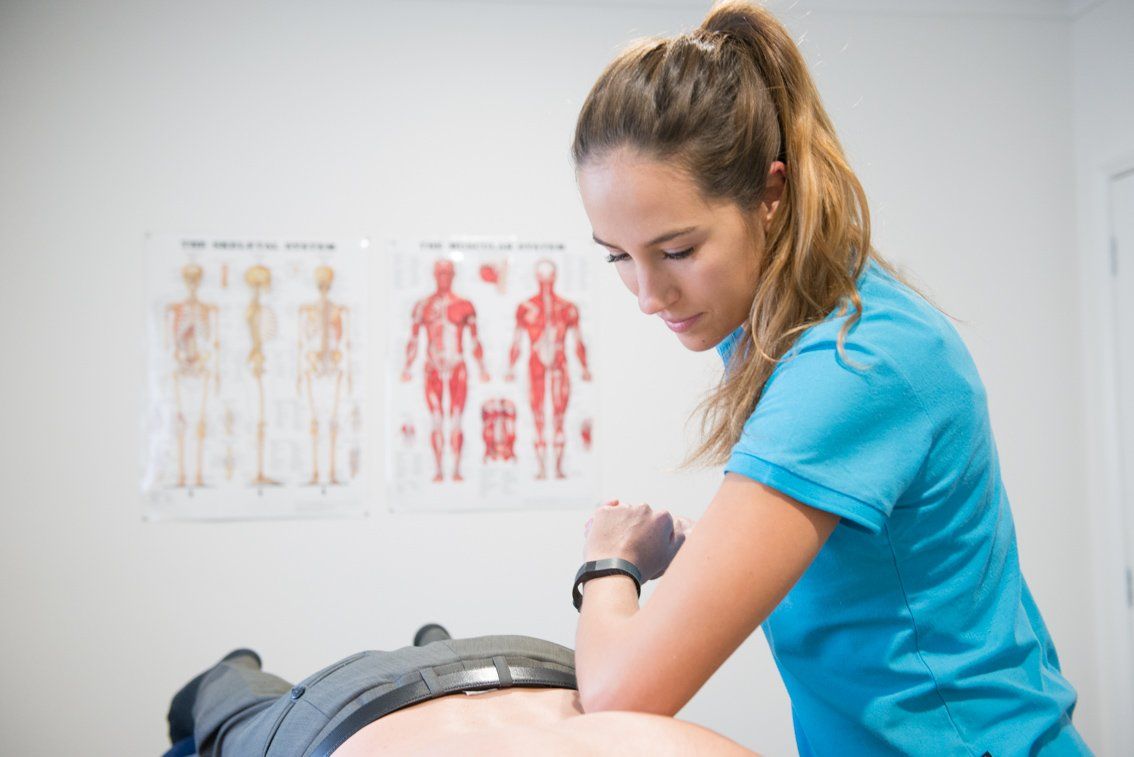NEW PRODUCTS IN STOCK!
Rachael Barton • August 13, 2021
Garments for pregnancy and recovery!
Designed by Women for women!
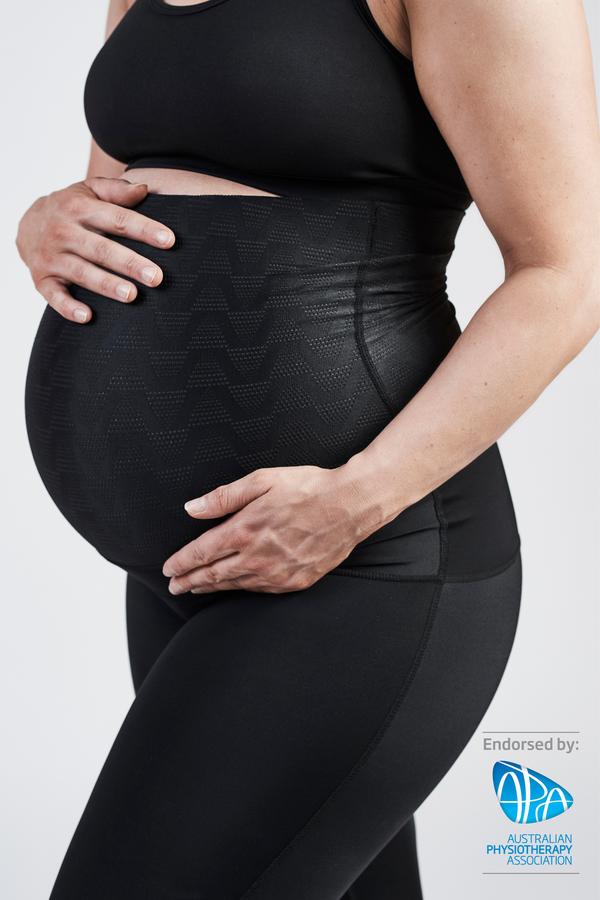
We are super excited to be a stockist for SRC Health. SRC Health make products for every stage of a woman's journey.
Everyone is different with how they feel during pregnancy and their symptoms, however, the one thing we always recommend is SRC recovery shorts/tights or pregnancy shorts/tights.
So what are SRC recovery and pregnancy compression garments?
SRC are a company who identified the need to have a good quality medical grade compression garment during pregnancy and also during recovery from birth (vaginal or caesearean) to assist with reducing symptoms, preventing lymphodema and swelling and supporting the muscular structures including pelvic floor weakness/healing and diastasis rectus abdominal muscle separation (DRAMS).
Can I claim these garment's on my health Insurance?
SRC garments are claimable on your extras cover through private health insurance due to the medical grade compression fabrics (just ask your Osteopath to write up a referral to give to your insurance provider).
When do we use the SRC garments?
Recovery shorts or tights are recommended to every pregnant patient for immediate use post birth. They are well worth the money spent and you will live in them almost immediately post birth (trust me, I did!). Post birth the garment sits up high almost at stomach height to give a comfortable compression through the abdominal muscles to assist with the healing of the linea alba separation that can occur during pregnancy. They also assist with stabilising the lower back when performing tasks such as lifting your baby out of the bassinet, getting yourself out of bed or out of a car. The other benefit is the specific stitching pattern and materials used to hold and create support for the perineum, especially if there has been a tear or episiotomy, or both during the birth process. This means you can feel more supported when you start walking and begin exercising once you have the all clear.
During pregnancy, I often recommend the shorts or tights for pelvic instability, lower back pain, symphysis pubis dysfunction (SPD), abdominal separation or tears, and to generally feel more supported and less fatigued at the end of the day. I have many patients tell me that they're not sure if they're SRC pregnancy tights are making a difference to their pelvic pain until they put them in the wash for the day and the aching pain comes back after only a few hours. This is particularly true for those patients who work on their feet all day long.
Can I wear SRC recovery shorts/tights after a caesarean section?
YES! They are so helpful at helping take the load off the muscular structures of the abdomen while they are healing. The stitching at the front of the shorts sits below most caesarean incisions so it should not cause any discomfort on the scar. Some patients do prefer to wait a week when their incision looks like it is starting to heal and does not feel too tender to place clothing on top of it.
When do you start wearing the SRC recovery shorts and how long do you wear them for?
You can start wearing the SRC garments as soon as you feel comfortable to do so after your birth, depending on the type of birth you have had and whether there are incisions that cannot be compressed.
After the first 1-2 weeks, or whenever you are feeling comfortable to wear the SRC tights, you can wear them every single day, they are fantastic for exercise as they keep your perineum and abdominal muscles supported, and you can continue to wear them as long as you want to. Even when you feel the abdominal band is not as tight as it was originally after the uterus shrinks down, the SRC recovery tights will still be assisting the abdominal contraction through gentle proprioception and support, the aim is not to completely compress the abdomen, as that will create more intraabdominal pressure and also more pressure on the pelvic floor.
How do I know what size I will be?
We have the SRC measuring tapes in the clinic and your practitioner can measure you up. Feel free to pop in the clinic to try on our sample garments or chat to your practitioner as to what size may be required, as everyone is different with their weight gain/distribution with pregnancy/post birth.
Do you still have questions? Not sure which product?
We are here to help! You can call us, email us or ask your treating practitioner!
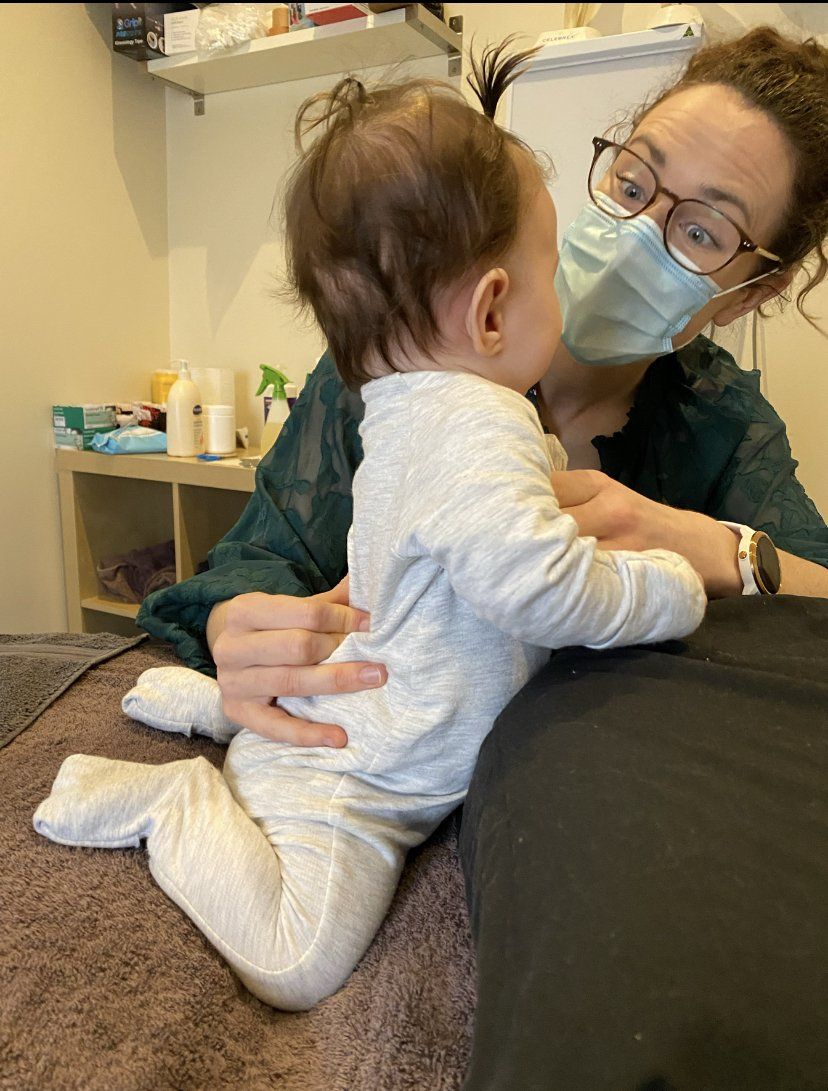
In my job as an Osteopath I have the absolute honour to look after so many mums during their pregnancy journey, postpartum period and then I get to see their babies and children for musculoskeletal complaints or mechanical issues with movement and development. One of the most rewarding part of this is being able to help women achieve their desired goal in their breastfeeding journey. I am so amazed and in awe of the persistence of women who come into my clinic to address all the factors that could affect their breastfeeding triad (mother/baby/breast). Through addressing all three factors in this triad, in association with other fantastic health care providers, I have seen some wonderful results with babies breastfeeding successfully! So how can an Osteopath help with breastfeeding? This is something that a lot of mothers don’t think to address when it comes to breastfeeding- we look at our own health and what we are putting into out bodies to increase supply and decrease potential irritation to reduce the irritation to baby’s immature gut, and then we seek the outside support from our MCHN, midwives and Lactation Consultants to address positioning and methods to improve latching and supply, etc. So this is where Osteopathy can come into the picture… In the uterus, our babies head and neck are quite squished! Then the head is rotated and compressed even more as the cranial bones overlap and “mould” to descend through the birth canal. We think about all those musculoskeletal structures that could have been affected through this process! However, let’s not forget the process of a caesarean, often the baby's jaw and occipital bones are gripped onto when being pulled out of the uterus, creating a strain through the jaw, neck, head and all the connective muscles. All of this before our little babies take their first breath! The outcome could be that the jaw is restricted from opening widely enough or asymmetric in movement, the neck could be restricted from extending (which is required for the jaw to open) and a torticollis may be present (baby prefers one breast more than the other and can predispose your flattened head/placiocephaly). The list goes on with all the strain patterns that can occur during gestation and the birthing process, which can then lead to mechanical and movement implications once born. However, nothing makes me happier to see a happy (and pain free) mum and a perfectly feeding baby, so that both mum and baby can enjoy the process and special time together. I could go on and on about this topic, however, if you are reading this and thinking this may be something you could try, call the clinic, this may just be the missing link to help with breastfeeding success, and that makes us all happy 😊.
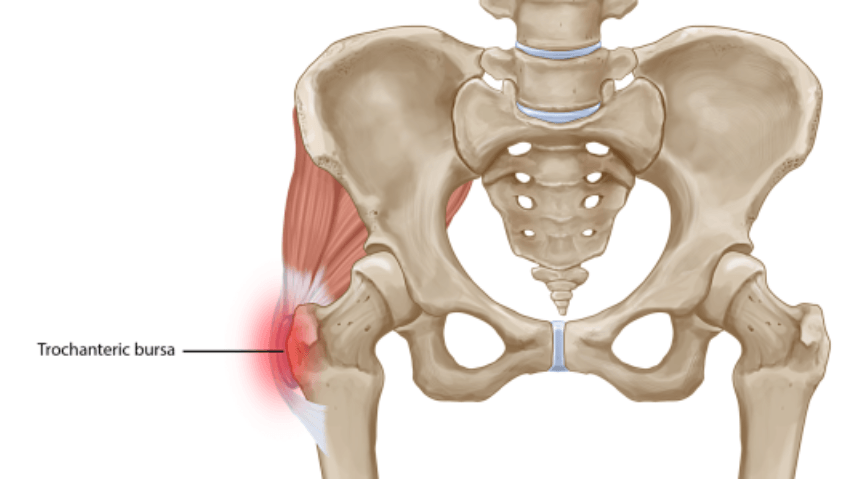
The Hip is one of the most important joints in the Human body. It is vital for both movement and stability but also serves the role of connecting the lower limbs to the spine. As a result it is an area where the body takes a lot of force and is required to produce a lot of force to enable us to do our everyday activities. Hip pain can be caused by many different structures around the hip. Bursitis (a bursa is a fluid filled sac which lubricates the surfaces between bone , ligament and tendon.) Tendinopathies Labral tears (cartilage) Piriformis Syndrome (deep muscle in the hip) Osteoarthritis Many more…….. Therefore correct diagnosis of an injury is paramount in the management and treatment of hip complaints. Many of these conditions have different treatments. We will focus on one of the most common complaints in the hip - Hip Bursitis. The role of the bursa is to lubricate the joint and allow the structures (bone , ligament and tendon) to glide and move freely. Why do they get Irritated? Many reasons can contribute to irritation. The most common causes are repetitive trauma, overload, sedentary lifestyle, gluteal tears and poor hip muscle strength. Due to the complex nature of the hip joint it can often be a combination of factors that cause hip pain (1). How do I know if I have Hip Bursitis? Most patients with Hip Bursitis will have the following symptoms - Pain on the outside of the hip Pain with lying on the affected hip Pain with walking, Standing, climbing stairs and running Pain with prolonged sitting What can be done to help with your Hip pain? At Kardinia Osteopathic Clinic our Osteopaths and Myotherapists can provide you with an examination, treatment plan and management pathway to help you kick the Hip Bursitis. Through a variety of treatment options including soft tissue work, articulation, dry needling, stretching and exercise rehabilitation we can set you on the path to recovery. Manual Therapy has been shown to improve mobility of the lumbar spine, hip, knee and ankle which can improve the hip mechanics and reduce friction on the outside of the hip (2). In addition to manual therapy and exercises we may incorporate Shockwave therapy as part of the treatment plan. Shockwave has been shown to reduce pain in patients with Chronic Trochanteric Bursitis(3) If you think me may be able to help, please organise a time to see one of our team. You can click here to book an appointment. We look forward to seeing you soon. https://www.physio-pedia.com/Greater_Trochanteric_Pain_Syndrome Wyss, J. (2012). Therapeutic programs for musculoskeletal disorders. Demos Medical Publishing. Seo, K. H., Lee, J. Y., Yoon, K., Do, J. G., Park, H. J., Lee, S. Y., ... & Lee, Y. T. (2018). Long-term outcome of low-energy extracorporeal shockwave therapy on gluteal tendinopathy documented by magnetic resonance imaging. PLoS One, 13(7), e0197460. (image) https://corehealthcare.com.au/hip-bursitis/
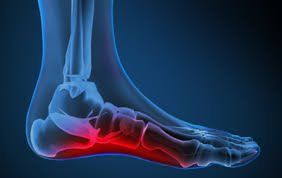
When it comes to foot and shin pain tibialis posterior is often the forgotten muscle. During recent months with the inability to participate in organised sport, many of us have started walking and running. Whether you are new to running or walking, or if you are returning after some time off we have to be very mindful about how quickly we increase the amount of movement and workload in order to avoid injury. One of the most common areas of concern occurs in the feet. The Tibialis Posterior muscle and tendon play vital roles in normal foot movement and unfortunately it is commonly overworked and injured.
